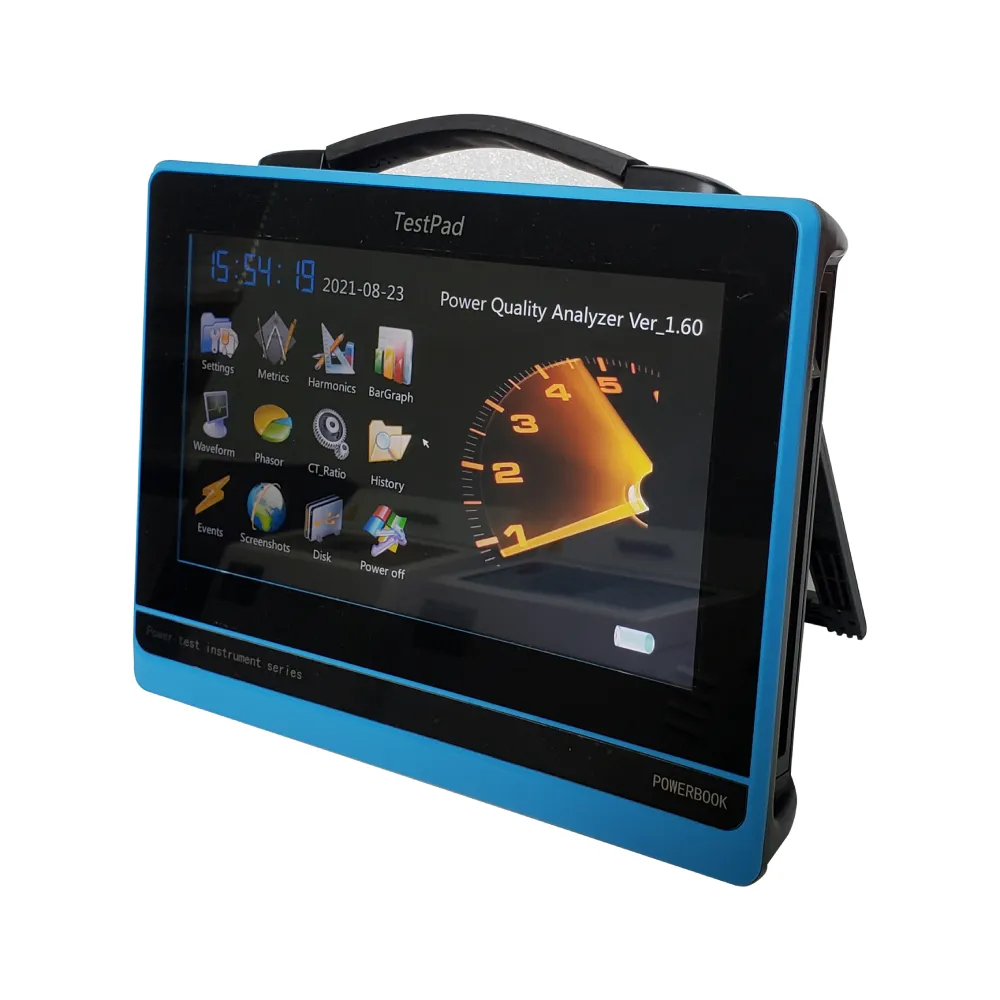 English
English


Exploring the Applications and Benefits of Tap Changing Transformers in Modern Electrical Systems
The Use of Tap Changing Transformers
Tap changing transformers play a crucial role in the management of electrical power systems. These transformers allow for the adjustment of voltage levels as per the varying demands of the electrical grid, thereby ensuring stability, efficiency, and reliability in power transmission and distribution. This article explores the significance, operation, and applications of tap changing transformers in modern electrical systems.
The Importance of Voltage Regulation
In electrical power systems, maintaining a consistent voltage level is vital for the optimal performance of electrical equipment and for the prevention of damage due to voltage fluctuations. Variations in load demand, weather conditions, and other external factors can cause significant changes in voltage levels. Tap changing transformers are specifically designed to address these variations by altering the transformer’s turns ratio, which adjusts the output voltage to stable levels.
Types of Tap Changing Transformers
Tap changing transformers can be categorized into two main types on-load tap changers (OLTC) and off-load tap changers.
1. On-load Tap Changers (OLTC) These transformers allow for voltage adjustment while the transformer is still energised and supplying power. This capability is essential for applications where continuous operation is critical since it minimizes downtime and voltage variations in the distribution system. OLTCs use a complex mechanism that can change the tap settings automatically or manually, responding to real-time load conditions.
2. Off-load Tap Changers As the name suggests, these types of tap changers can only be operated when the transformer is de-energised. While they provide a cost-effective solution for systems that do not require continuous voltage adjustment, they do not offer the real-time flexibility of OLTCs.
Mechanism of Operation
The operation of a tap changing transformer involves a series of taps connected to the winding of the transformer. Each tap corresponds to a different turns ratio, allowing the operator to select the most appropriate voltage level. The selection process can be either mechanical or electronic
use of tap changing transformer

- Mechanical Tap Changers These devices use physical switches and levers to change the tap
. They are simple and reliable but can be slow to respond to changes in load.- Electronic Tap Changers These systems utilize advanced control algorithms and sensors to monitor voltage and load in real time. This allows for instantaneous adjustments to voltage levels, ensuring that the system remains within the desired operating range.
Applications in Power Systems
Tap changing transformers are extensively used in various applications, including
1. Utility Power Plants They are often employed in large-scale power generation facilities where maintaining voltage stability across transmission lines is critical.
2. Substations In substations, tap changing transformers help manage voltage levels before electricity is distributed to consumers, thus preventing equipment malfunction and ensuring reliable supply.
3. Renewable Energy With the increasing integration of renewable energy sources like wind and solar, tap changing transformers become essential in managing the variable output from these sources and maintaining grid stability.
4. Industrial Applications Industries that rely on sensitive machinery require stable voltage supply. Thus, tap changing transformers are employed to mitigate the impact of load changes on voltage levels.
Conclusion
In conclusion, tap changing transformers are essential components of modern electrical power systems. By enabling real-time voltage regulation, they enhance the stability and reliability of power supply systems. As the demand for efficient energy management systems increases, the development and application of advanced tap changing transformers will continue to play a pivotal role in the evolution of electrical grids worldwide. The ability to adapt to changing circumstances ensures that our electrical infrastructure can meet future demands effectively and sustainably.
-
Differences between open cup flash point tester and closed cup flash point testerNewsOct.31,2024
-
The Reliable Load Tap ChangerNewsOct.23,2024
-
The Essential Guide to Hipot TestersNewsOct.23,2024
-
The Digital Insulation TesterNewsOct.23,2024
-
The Best Earth Loop Impedance Tester for SaleNewsOct.23,2024
-
Tan Delta Tester--The Essential Tool for Electrical Insulation TestingNewsOct.23,2024





